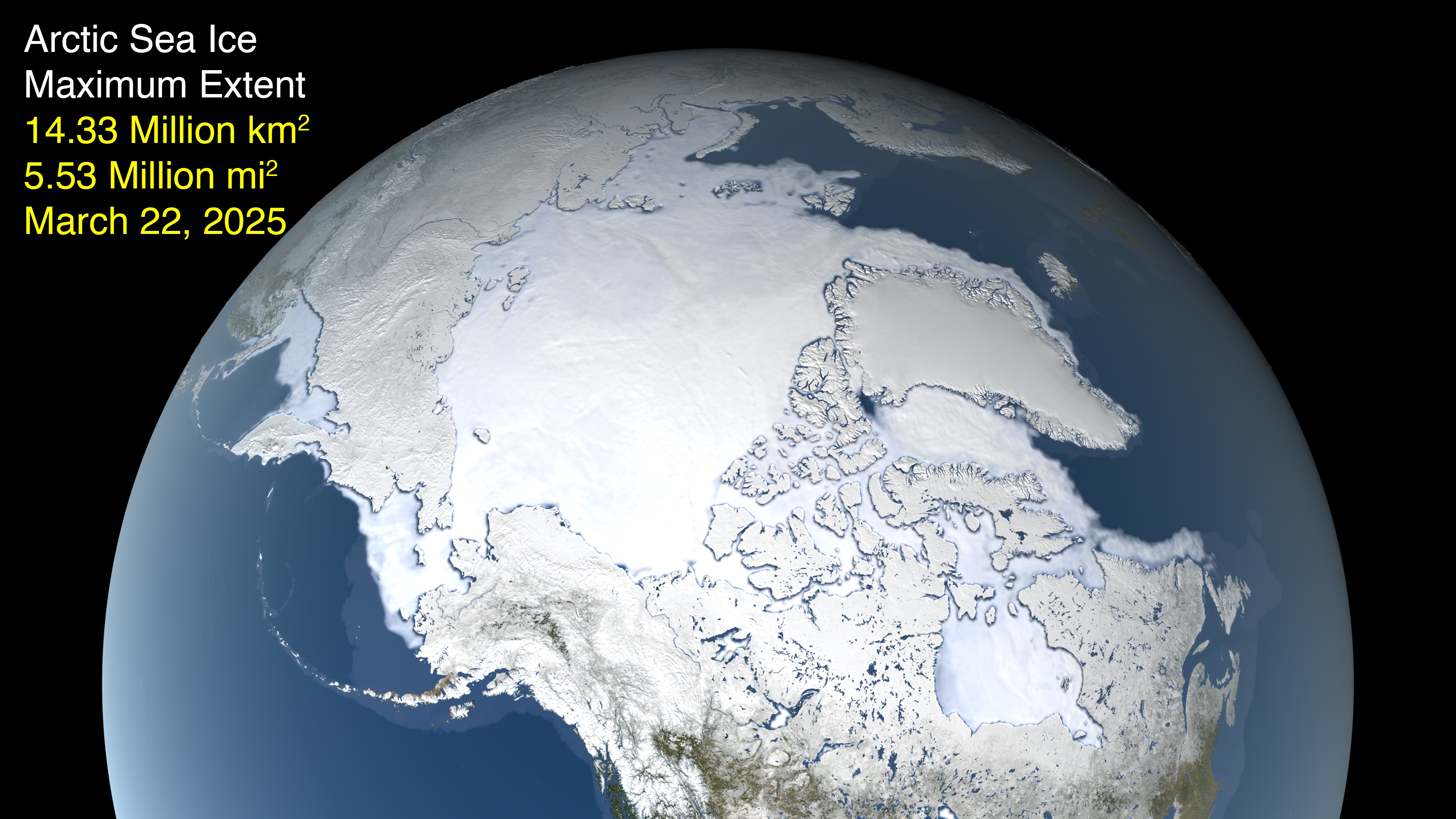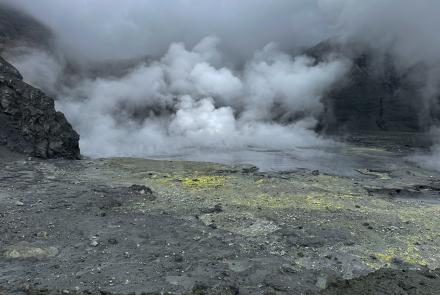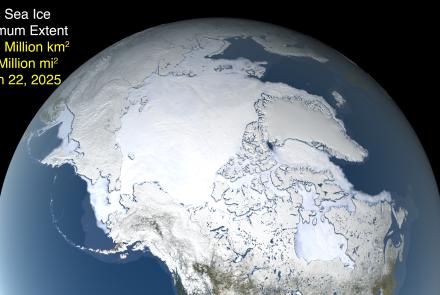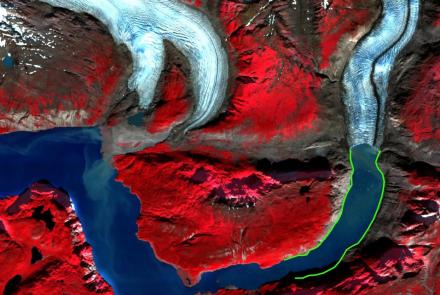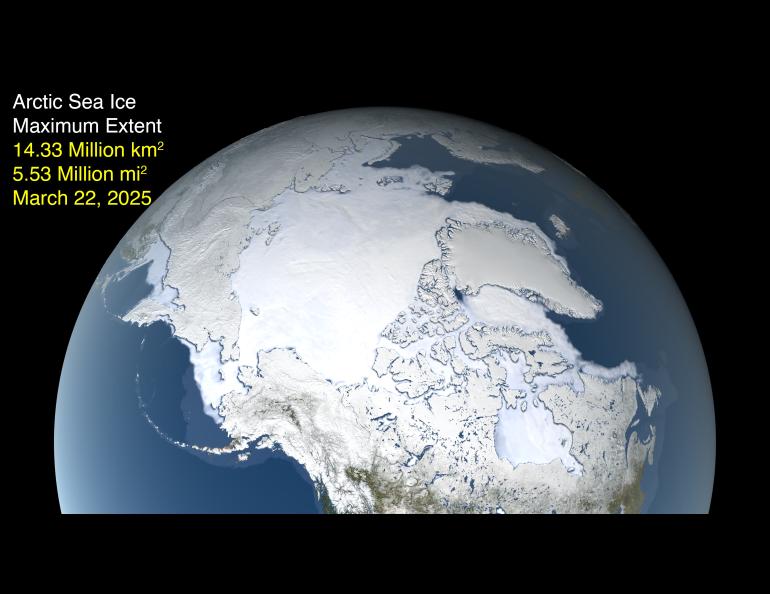
Alaska climate report: Record low maximum Arctic sea ice
Winter’s sea ice extent in the Arctic set a new record low as it peaked March 22, according to the Alaska Climate Research Center’s monthly report.
The report, released April 2, states the maximum sea ice for the season reached 5.5 million square miles. This is the lowest value in the satellite record, which began in 1979. It is 58,000 square miles less than the previous record low maximum extent set in March 2017.
Sea ice extent has been at or near record low levels since December.
Martin Stuefer, director of the Alaska Climate Research Center at the University of Alaska Fairbanks Geophysical Institute, said temperature anomalies of plus 3.6 degrees Fahrenheit, or 2 degrees Celsius, are the “new normal” across the Arctic, with extreme annual mean temperature anomalies of up to 5 degrees Celsius observed in the Canadian Arctic in 2024.
Stuefer is also the state’s official climatologist.
“We are closely watching the extent of sea ice in the Bering Sea west of Alaska,” Stuefer said. “There was more pack ice in the Bering Sea compared to the extreme years 2018 and 2019, but the sea ice border is mostly further north than in previous years.
“The low extent of this year provides another data point for a continuous trend of diminishing Arctic sea ice,” he said.
Stuefer said reanalysis of climate data revealed extreme warm conditions across the Arctic with “staggering hotspots” of over 10 degrees warmer than the climatological mean between the North Pole and Spitsbergen, Norway, during February 2025.
“It highlights the continuing long-term loss of Arctic sea ice throughout the years.”
Stuefer added that amplified warming across open waters might lead to a new Arctic sea ice minimum in September.
The ACRC report cites data from the National Snow and Ice Data Center.
Total sea ice extent as of April 3 was 5.4 million square miles compared to 5.33 million square miles on Feb. 27.
Weekly change rates of sea ice extent in March have alternated between decreases of up to 2.1% per week and slight increases but are now trending towards a consistent seasonal decrease.
Alaska weather points for March 2025:
• March was another warm and rather dry month for most of Alaska. Only the west coast saw cooler than normal conditions.
• Moving into the second week of March, a series of storm systems in the southern Bering Sea and the Gulf of Alaska moved across Southwest and Southcentral Alaska.
• The west coast had lower than normal monthly means, while the north, Interior and Southcentral Alaska had a substantially warmer than average month.
• Exceptions to the dry March were found in the north and on the west coast: Kotzebue received more than twice its average amount of monthly precipitation (240%). Utqiaġvik and King Salmon came in at 156% and 145% of normal. The Interior and the northern Panhandle largely had a drier than average month.
The Alaska Climate Research Center’s mission is to respond to inquiries concerning the meteorology and climatology of Alaska from public, private and government agencies and from researchers worldwide. The center archives and provides digital climate records, develops climate statistics and produces monthly weather summaries for Alaska and the polar regions.
• Martin Stuefer, University of Alaska Fairbanks Geophysical Institute, mstuefer@alaska.edu
• Rod Boyce, University of Alaska Fairbanks Geophysical Institute, 907-474-7185, rcboyce@alaska.edu

